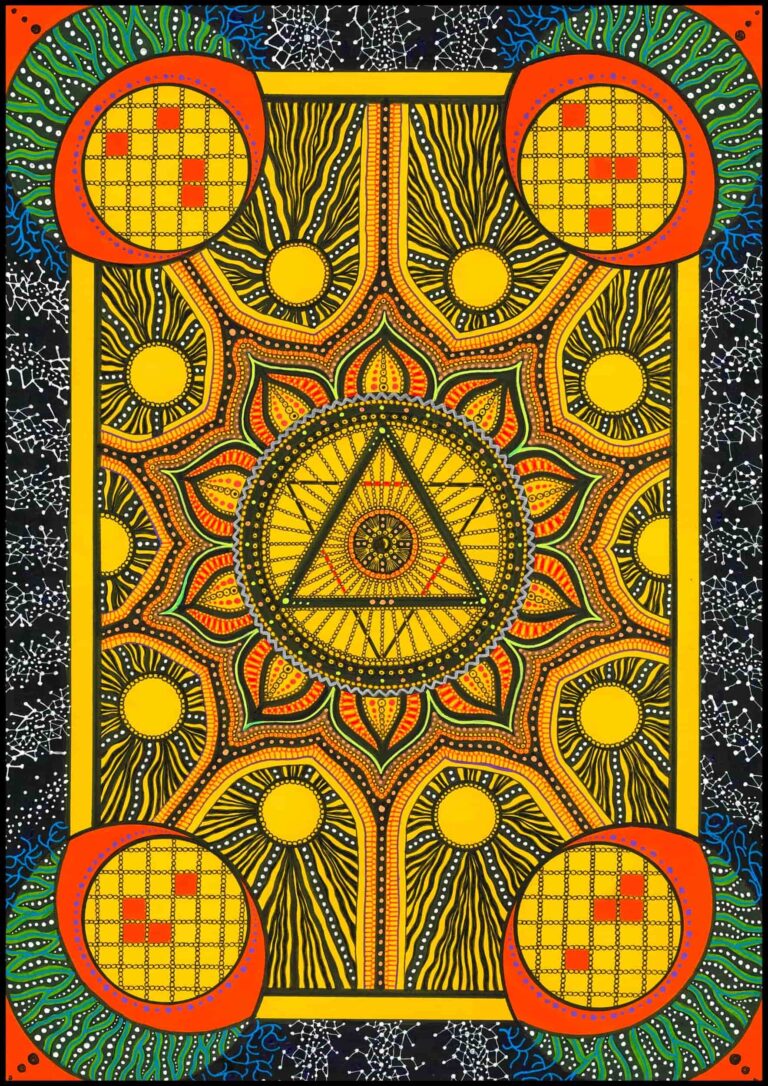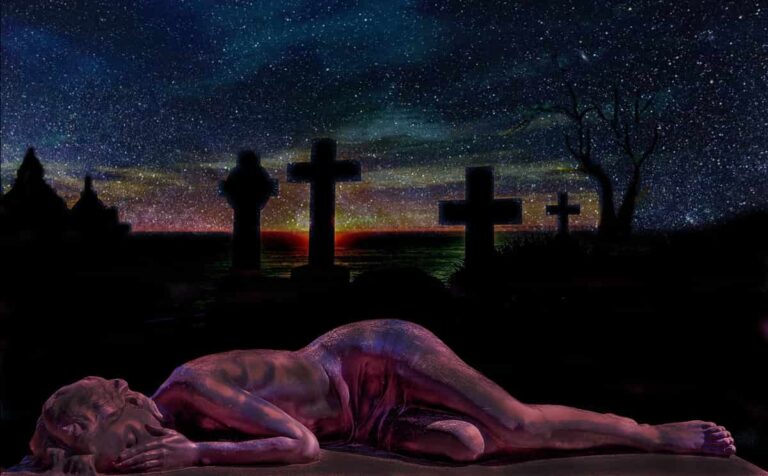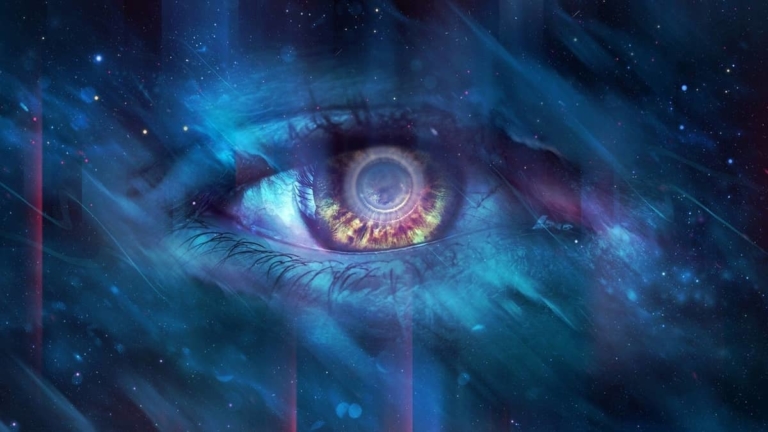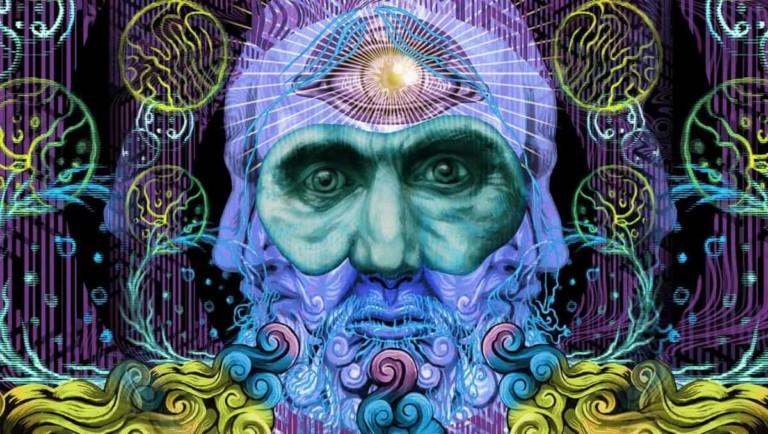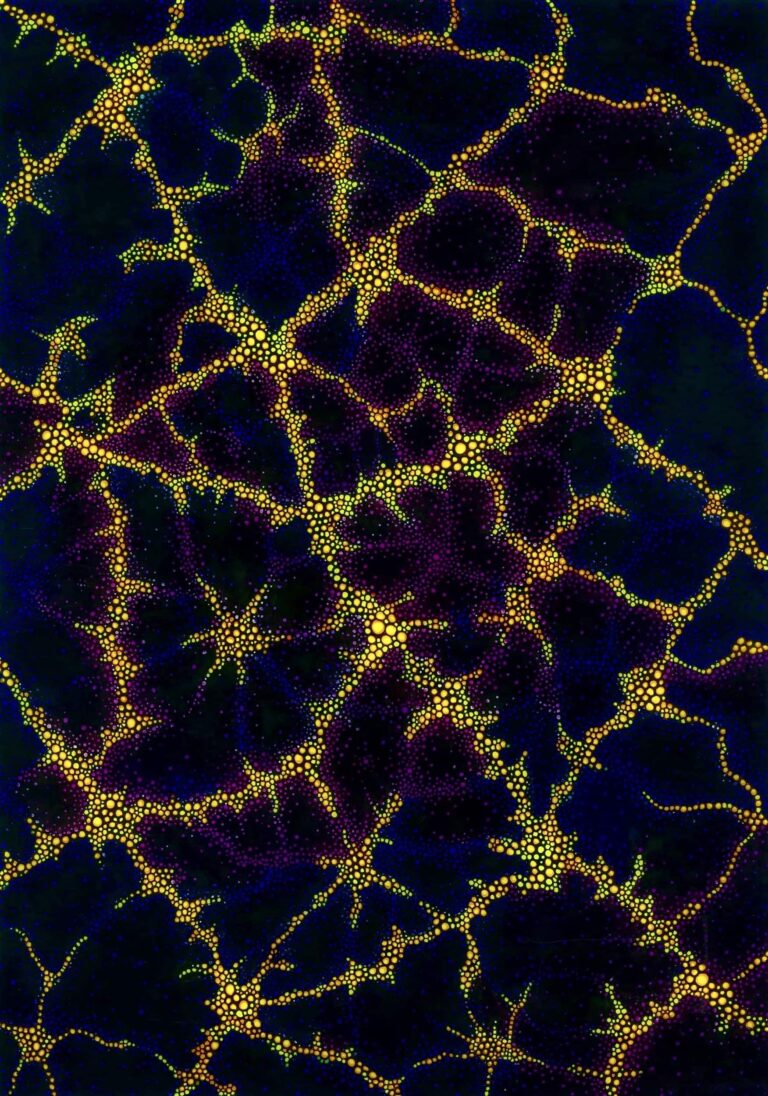There is no ‘one-size fits all’ solution in learning how to manage depression, but there is always a root cause, and there is always a way out.
Depression is a heavy, slow, low-vibration state of being that sticks around for a long time. It sticks around longer than sadness. Longer than grief. It just doesn’t seem to lift.
Sadness and grief are ‘normal’ human emotions. Having days where you feel low is normal. What is not normal, is when it does not leave. This is depression.
It sucks, and it’s common contributing factor for suicide and addiction – and depression, is on the rise.
In 2020, the World Health Organisation reported that depression is now the leading cause of disability worldwide.
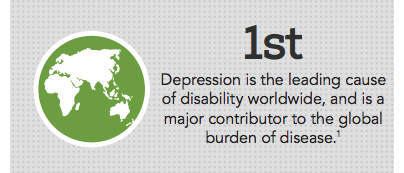
This statistic is a massive red flag waving, telling us that what we're doing down here on Earth, is NOT working.
The systems that have been created down here on Earth, do not support healthy and sustainable life. When our way of life is so out of alignment with balance and harmony, depression is actually a relatively normal result to be feeling – we are reflecting the illness of our system and the planet as a whole.
Depression is a low-frequency state of being – heavy, slow, and grey. What pulls us out of it, is the opposite: engaging with things that raise our frequency.
High frequency things are activities you do, foods you eat, patterns of thought, people you spend time with, what you watch and listen to. It also includes doing the shadow work to remove the programs that BLOCK high frequency (fear-based and lack of self-love programs are big ones).
Every action that you do will result in one of three outcomes:
1. It will raise your frequency – and gradually pull you out of low frequency state of being (depression);
2. It’ll keep you where you are; or
3. It will further lower your frequency.
The results will be subtle (to varying degrees) but regardless, they all add up. How often you do that thing also matters. It all counts.
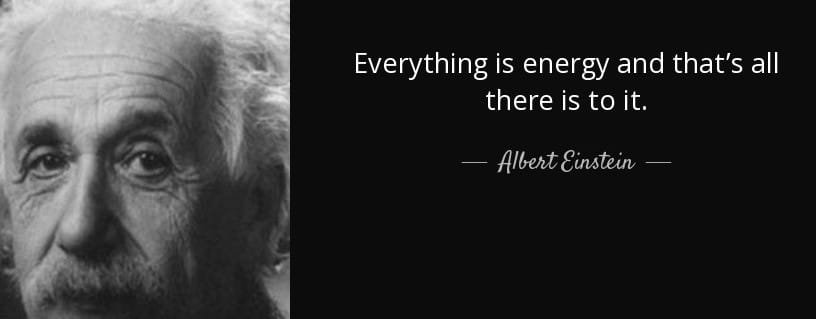
Raising your ‘life force’ raises (or ‘quickens’) your frequency. Your life force is your vitality (known in the East as qi, chi or prana) – it’s characterised by feeling vibrant, happy, grateful, and alive. The exact opposite of low frequency state of depression.
‘Frequency’ I am referring to, can be seen and measured on an EEG as high-frequency gamma brainwaves.
Having high frequency DOES NOT mean you avoid heavy or ‘sad’ emotions. Honouring and feeling all your emotions including sadness and grief, is not only essential for health, it’s sacred aspect of life.
Feeling our emotions fully is something we human need to relearn, instead of seeing them as ‘unwanted’ and shoving them away. But heavy emotions should move through you rather than becomes stuck in you.
Emotion = Energy in Motion
I’ve had depression once in my life – and it was big, scary and dark.
During my stint at rock bottom – which I talk about quite a bit on my website – I was stuck in a state of depression for over a year. I wished I was dead, I had no ‘good days’, I had no life force and no spark. All I had was a thick, heavy blanket of remorse, grief, shame, emptiness and self-loathing.
This may have been pretty normal considering what I had just gone through. But the scary ‘depression’ part was, it just didn’t move AT ALL. Day after day I was fully immersed in this hell – for at least a year. It was so dark I knew I would not be able to live like that.
Monsters don’t sleep under your bed.
They sleep inside your head.
I was prescribed anti-psychotics – one of them was Seroquel – that the psychiatrist told me I ‘needed’ to take. When I went home, I googled them. I read they were strong, they would alter my brain chemistry, change my mood and my emotions. They had an endless list of potentially serious side effects.
This scarily-liberal handout from Big Pharma would not only mask what I was feeling, it would change who I was.
I wouldn't take them for several reasons:
I knew I had to work through my shit, not mask it. Repressing my emotions from childhood trauma is what got me into this trouble (addiction) in the first place.
I’d also seen people close to me struggle to get off prescription medication. I’ve seen in an immediate family member that some meds don’t just shut off your ‘bad’ feelings, it shuts off your entire feeling centre.
I also have a furious distrust for the trillion-dollar pharmaceutical industry that profits from our illness, not our wellness. They offer bandaid solutions to problems that the same system creates in the first place. I didn’t want bandaids. I KNEW I had to get to the root cause of my suffering.
I’m aware pharmaceuticals help some people get through black spots. It may even stop them taking their life, so what I say here is my experience only. Each person needs to choose for themselves which treatment path is best for them. Withdrawing from medication – as well as getting on it in the first place – is a very serious decision.
All I’m saying is this path wasn’t right for me.
How mindful drawing helped me manage depression.
A year and a bit into my darkness, I got a glimpse of my way out. I began drawing.
I didn’t know it at the time, but I began to manage my depression from the precise way I practice. By placing my FULL focus on what I was drawing, I was pressing pause on my thought process.
Through consistent practice, I began to let different things in through these new spaces in my old programs. Good things began to get in. New things.
It gave me little glimpses of gratitude early on. It helped me to get out of bed in the morning because I had something to do. The sheer relief I felt at having my spark back, after such a long time of feeling dead inside, brings out the deepest gratitude and joy. The feeling of gratitude raises your vibration like nothing else. (I can see this see on my EEG as a surge in gamma brainwaves).
This process is gradual, most of the time – but you absolutely can have instantaneous paradigm-shifting sessions. There is a thing called the elastic band effect – and it’s real.
After a few weeks of consistent practice, big shifts were beginning to happen.
It gradually helped me clear this ‘stuck’ monster of grief by helping me to process it. It taught me to forgive myself for what I had done. I let go of fear, shame and regret – ALL of which are very low vibration and toxic states of being. I began to grow self-love. Gradually, I felt lighter, clearer and brighter.
The more I practiced my mindful drawing, the more I felt my inner light grow.
You’ll feel it in your mood. In your vitality. You feel your inner pace quickening, becoming less slow and sluggish. It begins to affect your thoughts and behaviours, and it snowballs as long as you keep creating the actions that trigger it.
I learned to manage my depression by tapping into several benefits which began to work together. You don’t need to know HOW to do it either. All you need to do is press ‘PAUSE’ on the programs that suppress your frequency. Your ‘true nature’ (who’s got the good stuff) will now be able to get in through these new spaces.
I can teach you how to do it here.
There is growing body of scientific evidence to support that mindfulness practices are powerful tools to manage depression.
In the UK, MBCT (Mindfulness Based Cognitive Therapy) is now the recommended course of action for people suffering recurring bouts of depression – because it works. Mindful drawing that I teach, also teaches principles of mindfulness, but through the practice of focused-attention drawing.
It gives me a kick to see the mainstream beginning to embrace holistic modalities to manage depression. We’re gradually beginning to embrace practices that get excellent results, but without the side effects. We’re paying serious attention to practices that heal the root causes, and don’t just mask the symptoms. This is best practice for mental health treatment.
If you suffer from depression, keep on going. Know it will not last forever. If you’re open to trying something new to manage depression, I invite you to head to my tutorials page and give mindful drawing a try. I’d love to teach you the tools that were so useful in helping me.
From here in my lounge room to wherever you are reading this: I see you my friend.


